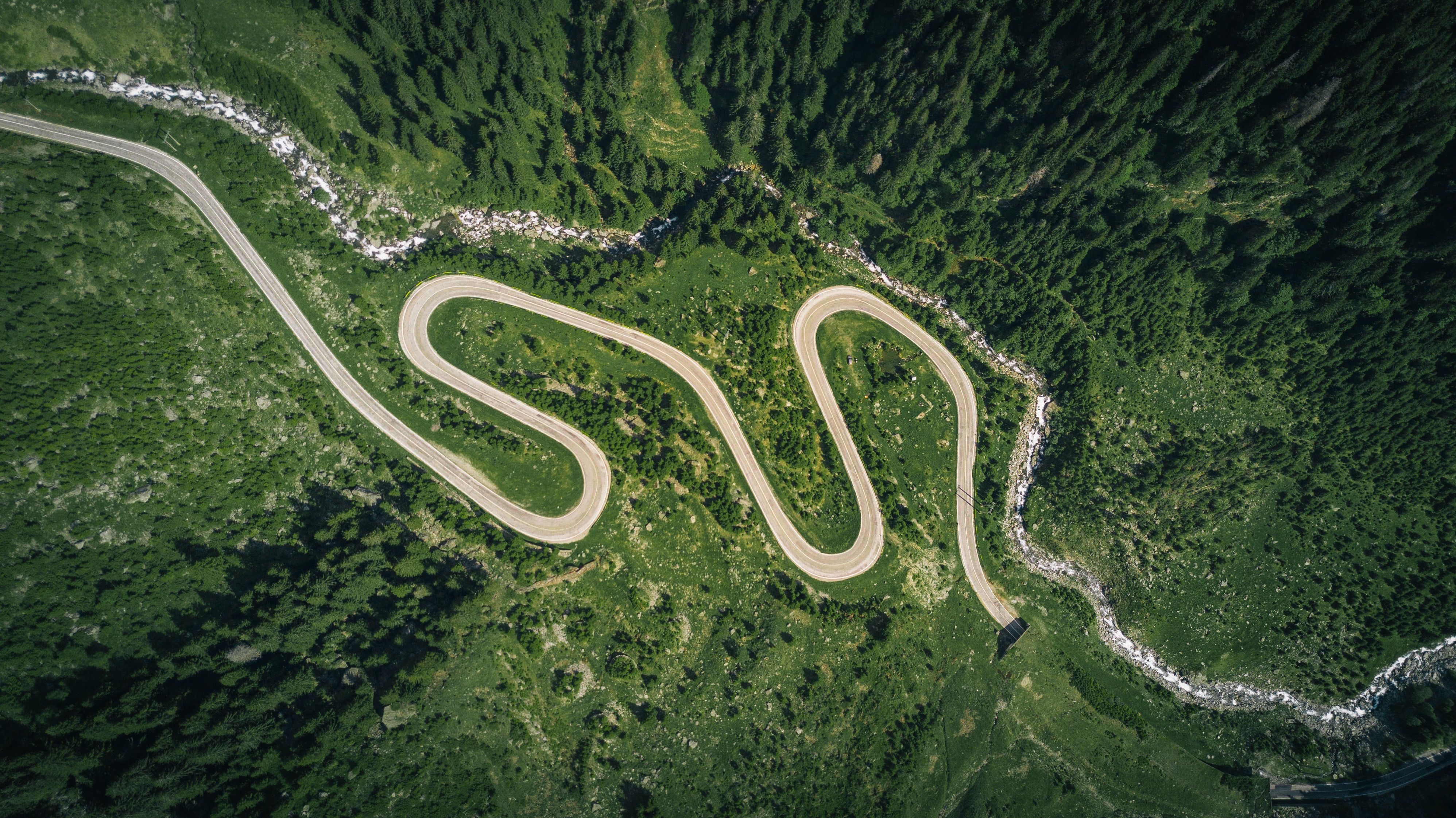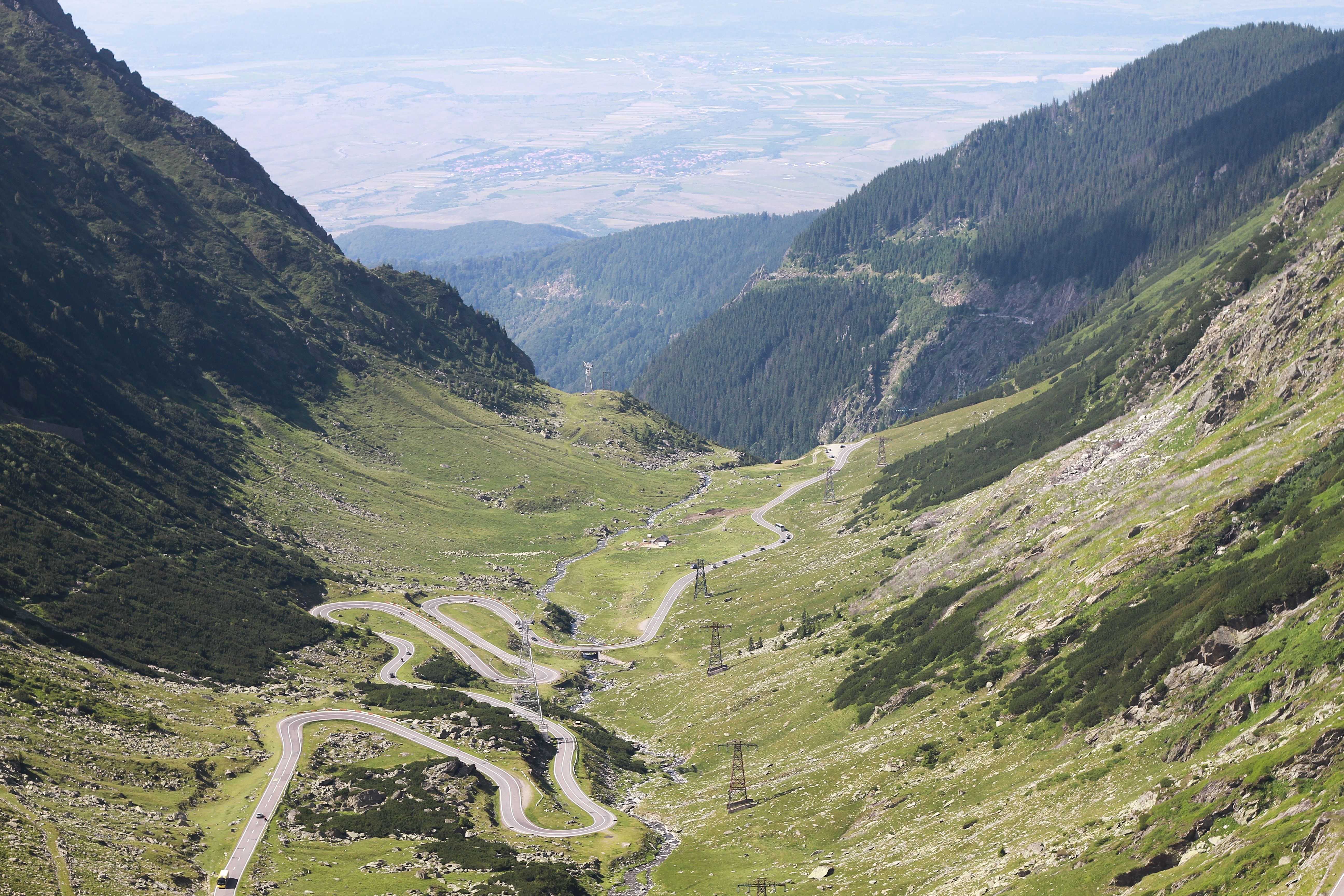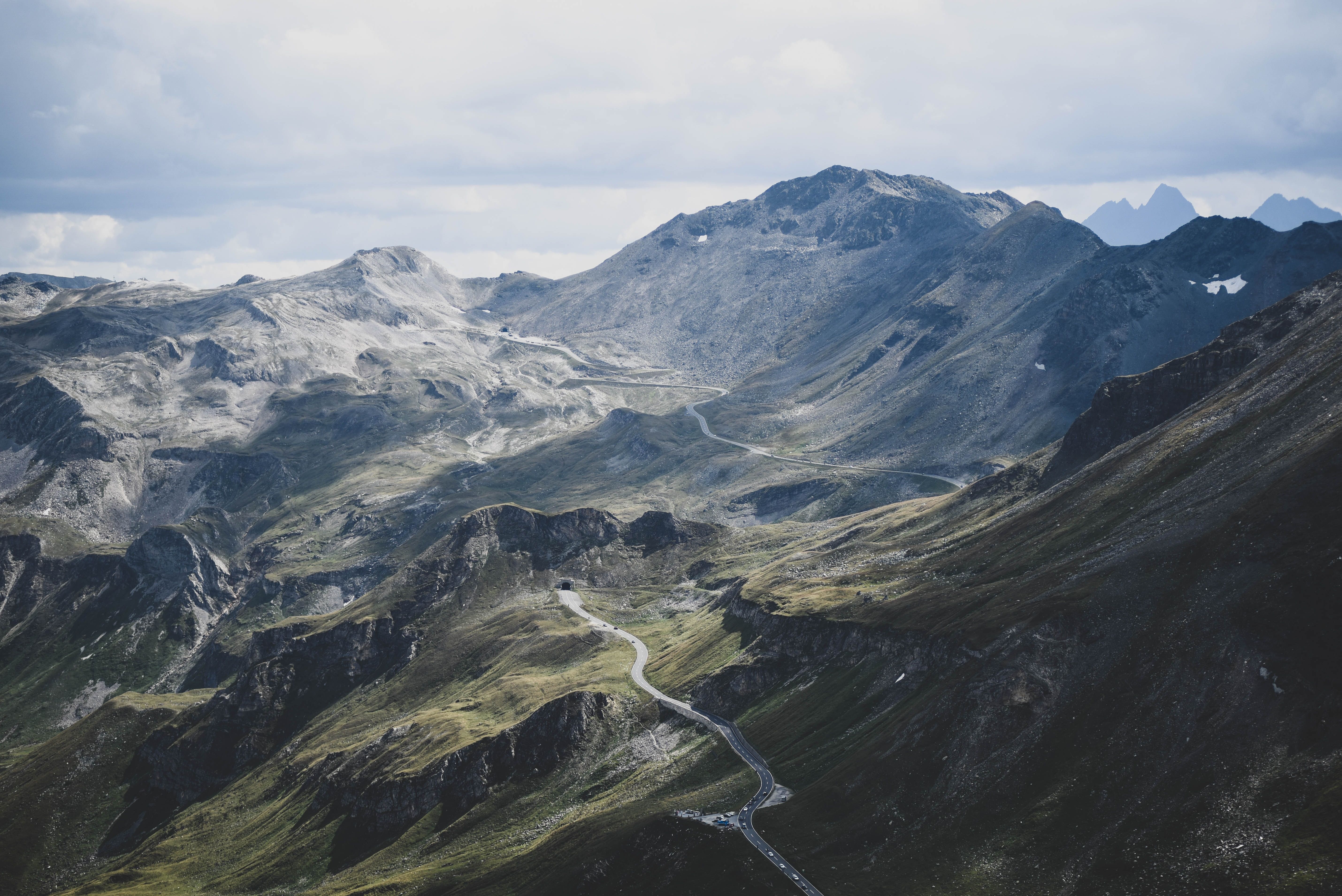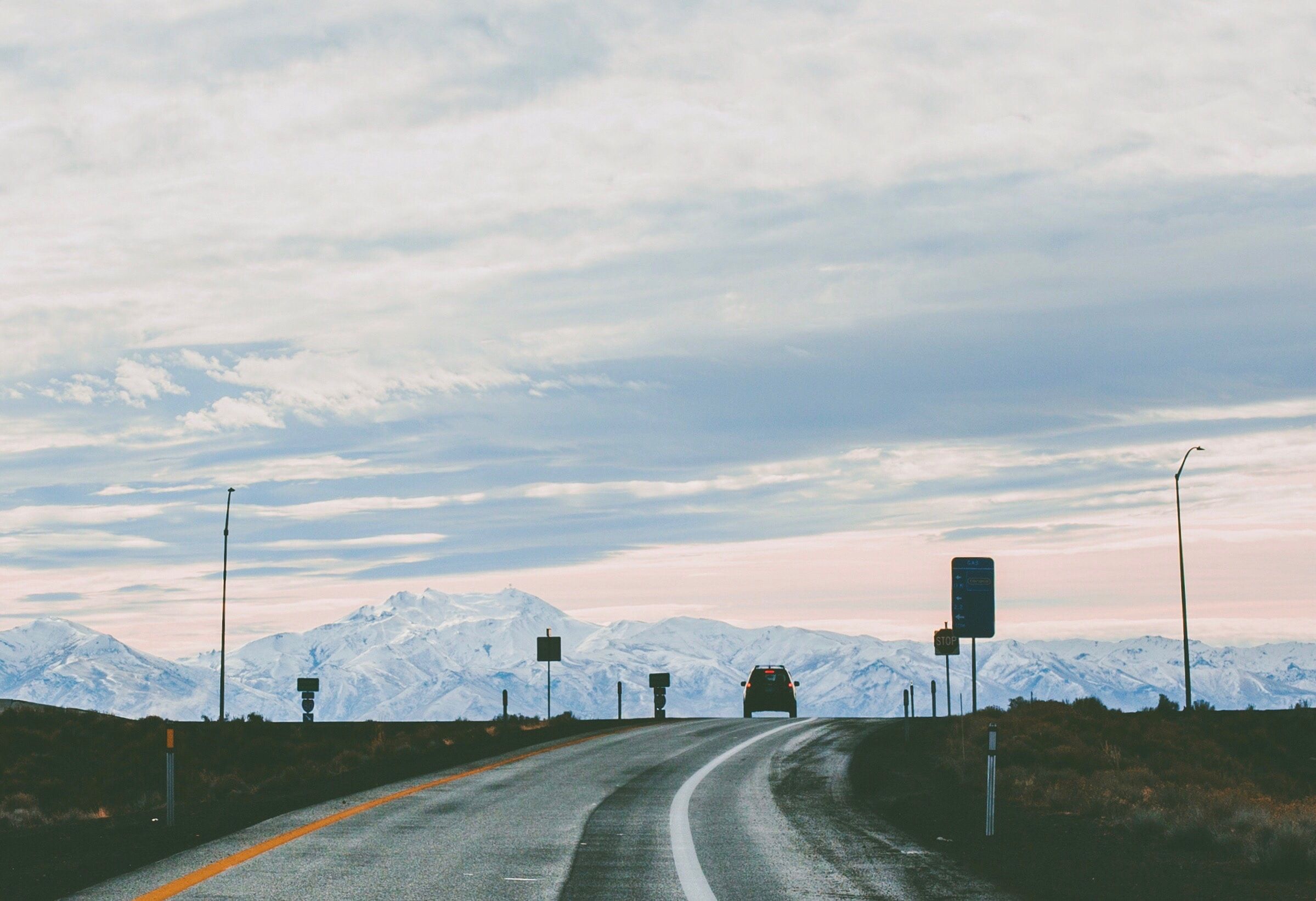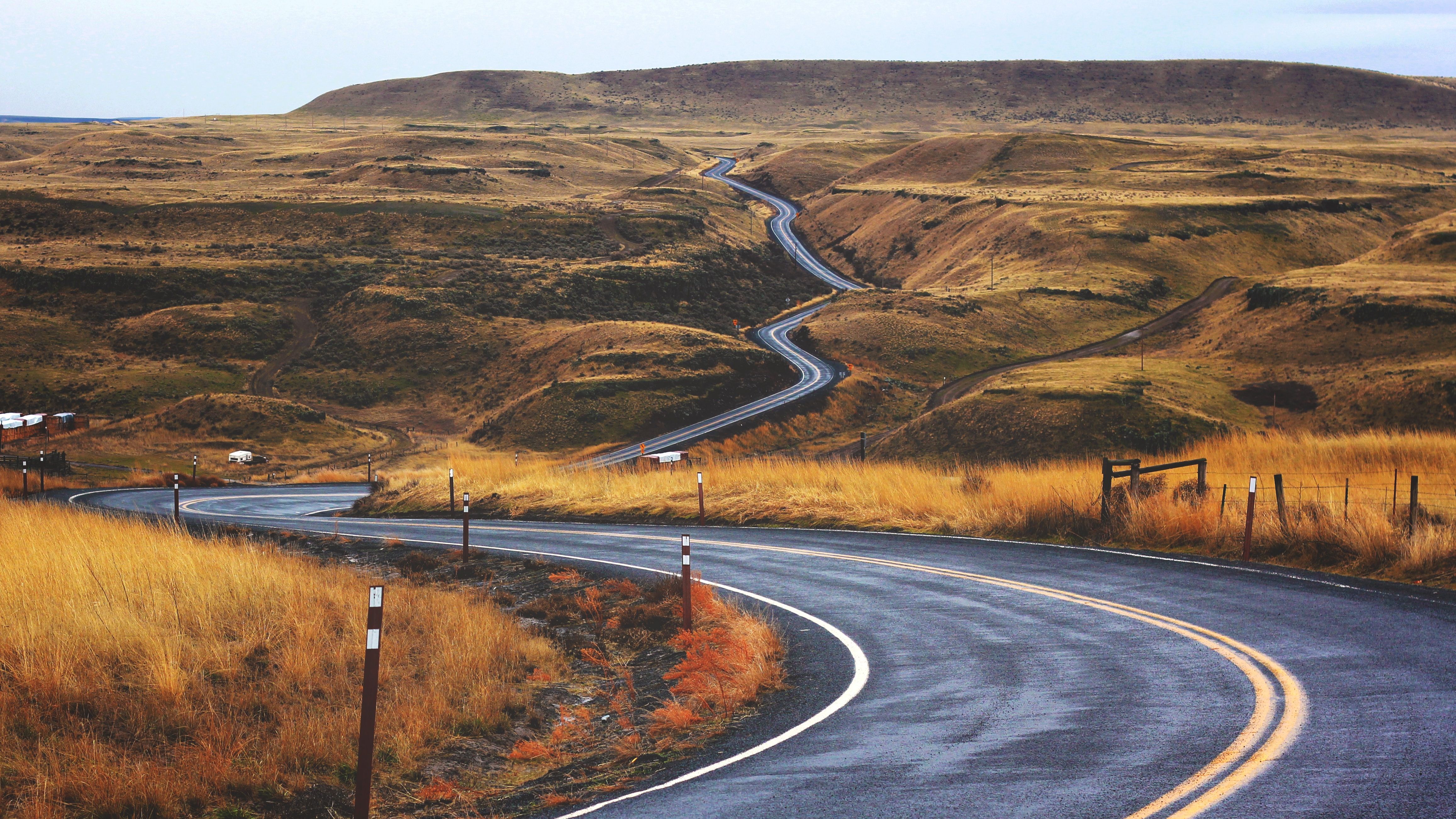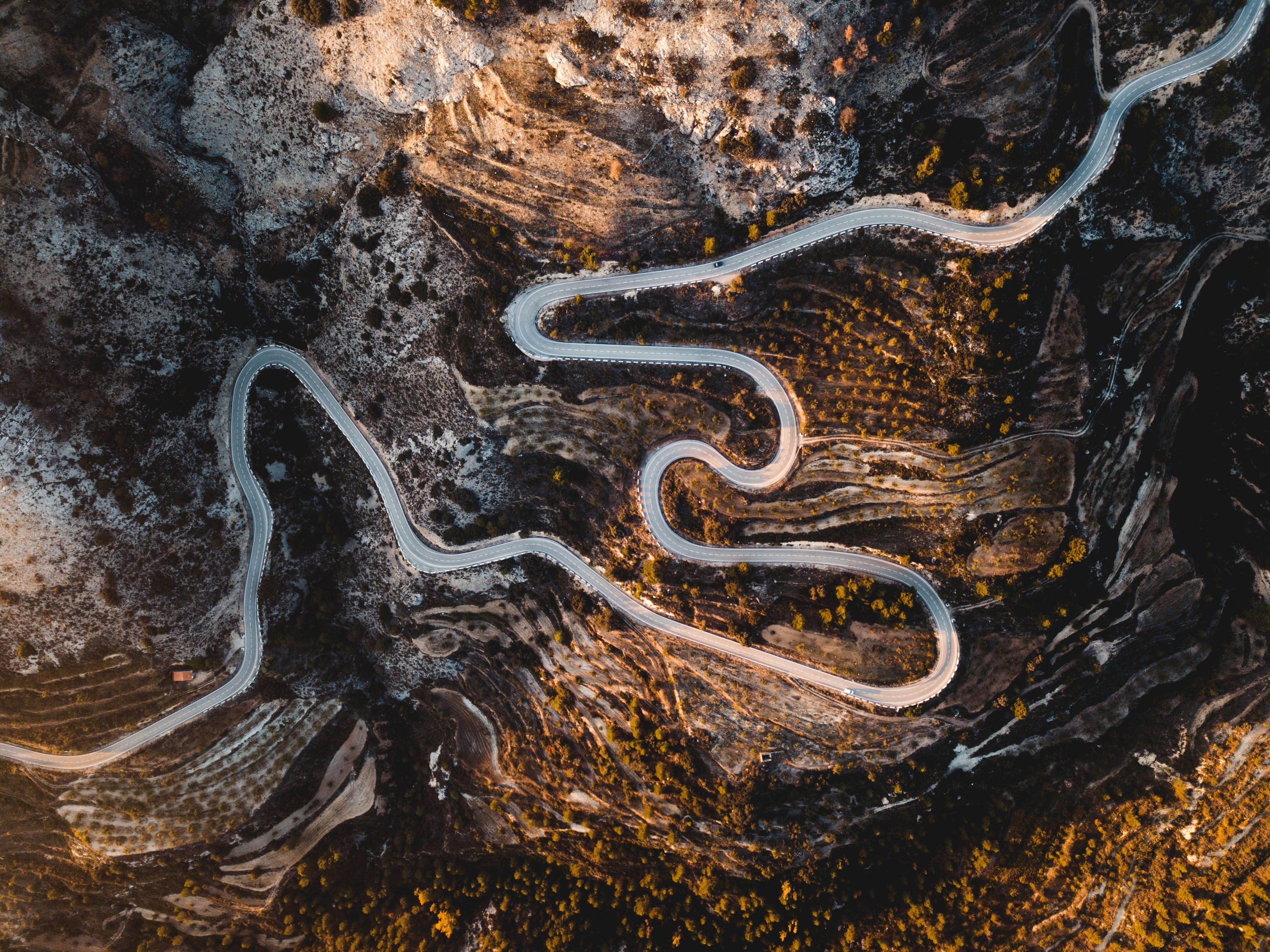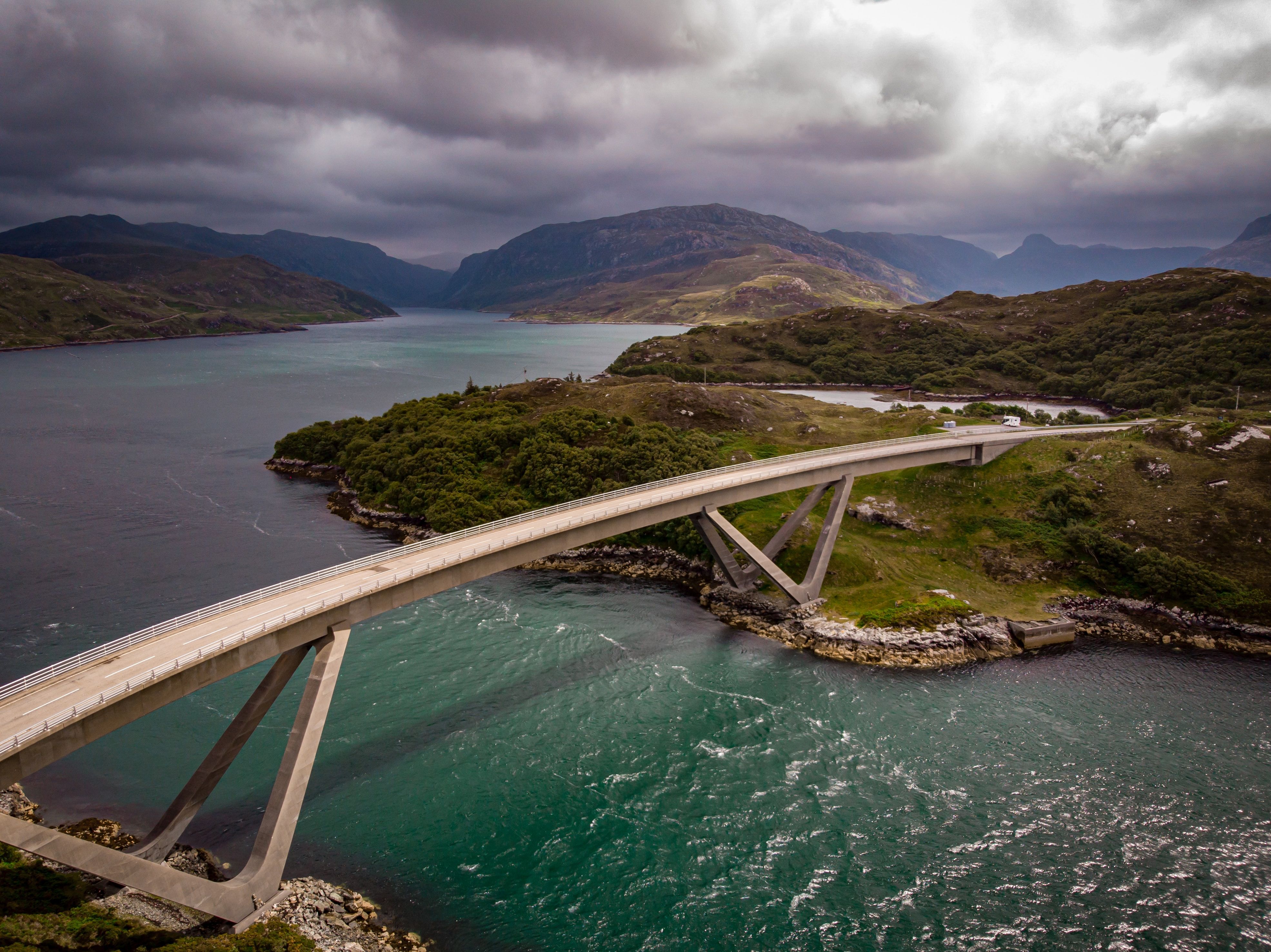Bored of highway driving and idling while bumper-to-bumper in the heart of a busy city? Why not start planning now for your next trip? We're here to help you make it a memorable one. As we know you love cars and driving as much as we do, we decided to put together a selection of six absolutely memorable strips of road that should be on your shortlist for the next time you take a road trip through Europe - or your first time. You might've heard about some of these while some may be new to you but we guarantee they're all going to leave you breathless and in awe.
Europe, with its varied landscape and countless mountainous regions, has no shortage of blissful roads for you to tackle in your car or a rental that's got some ponies and some controls that give you the appropriate feedback. While many roads on this list are, indeed, snaking their way at rather high altitudes, such as the Grossglockner Hochalpenstrasse in Austria or the Transfagarasan Highway in Romania, not all are closed during the winter months although your safest bet would be to schedule the road trip for the summer months or, if you wish to miss the bulk of the traffic, try late spring dates or even early-to-mid autumn.
Transfagarsan - Romania
Starting Point: Curtea de Arges – take road number DN7C
End Point: Cartisoara, where it meets road number DN1 between Sibiu and Brasov
Time Needed: Anywhere between three to five hours (depending on traffic)
Best Time to Drive: Summer/autumn (it's closed for about six months every year due to snowfall, especially in the Balea area)
Tip For the Trip: You can drive on the Transfagarasn as part of a bigger trip including stops in Brasov, Sighisoara, and Sibiu. There are many cabins along the way for you to spend the night and the view in the area is breathtaking, particularly near the Balea lake and waterfall
Nearest Major Cities: Sibiu, Brasov
In the season premiere of Top Gear's 14th series, the trio of Clarkson, Hammond, and May partook in the Romanian Road Trip that included a drive down the Transfagarasan Highway, which was closed for filming. Clarkson exclaimed after driving the winding stretch of road that features the most hairpins (located roughly halfway through the 93.38-mile road) that the Transfagarasan highway is the best drivers' road in the world, beating Italy's Stelvio Pass that had been featured in the show previously and was touted as being the world's best road due to the myriad of hairpins.
While Clarkson's words brought many people to Romania, the Transfagarasan is not heaven on Earth for drivers from one end to the other. In fact, the bit in the middle that everyone's talking about that's worth about 50 miles of hairpins, tight corners on the edge of really steep drops, and amazing tunnels that carve right through the heart of the Fagarasi Mountains is the one you're seeking for. However, the same applies to many other people and the road does tend to get quite busy during the summer - it's only one lane either way in the twistiest areas. But even if you won't be able to push your ride in those sections (and we don't advise you to even if you drive it on a day when you're the only one there for obvious reasons), the scenery makes up for being stuck behind a bus or a truck.
You will find yourself stopping time and again to gasp at the view, especially at lake Balea and at the waterfall. The scenery from atop the Vidraru dam that overlooks the Vidraru reservoir is also special as is, in fact, the road itself. The construction of the road started in 1970, shortly after the Soviet invasion of Czechoslovakia. As then-president Nicolae Ceausescu was the only leader in Eastern Europe to oppose the invasion, he feared that Romania might be next on the USSR's list and ordered the construction of a road that would link the garrisons in Pitesti and Sibiu. The actual building process was extremely complicated with explosives being used by workers to make their way through the mountains. The end result is staggering and, although the tarmac isn't perfect all across, it's worth driving it at least once.
Grossglockner Hochalpenstrasse - Austria
Starting Point: Bruck
End Point: Carinthia
Time Needed: At least a couple of hours since you won't be able to help yourself and you'll stop along the way to take in the views
Best Time to Drive: Late spring and summer as it's closed during the winter months due to inclement weather at those ludicrous altitudes
Tip For the Trip: Start your trip early as there are many people like you out there
Nearest Major Cities: Salzburg - home of the Salzburgring race circuit (food for thought)
Here's an insider's tip from us: want to find some unknown roads to satisfy your appetite for driving pleasure? Go straight to the calendar of the European Hillclimb Championship and check the locations of all of the venues. You can also check the calendar of the national hillclimb championship organized in the country you plan on visiting as it's a gateway to more amazing roads. You see, hillclimb is a form of motorsport that sees competitors go up a particularly tricky strip of road that's more often than not placed in a rather picturesque location. The best part is that all of these venues are closed off sections of public roads so, when there's no racing, you too can drive up (or down) these fantastic roads. The Grossglockner is one of the best-well-known hillclimbing venues in all of Europe, hosting racing events ever since the pre-War day.
Its full name - Grossglockner Hochalpenstrasse - translates to 'the Grossglockner High Alpine Road -, which is a really good description of this 29.7-mile road. As it crosses the Alps, the road gets all the way up to 8,215 feet above sea level. You're so high up you're almost able to touch the clouds - and this is why the weather can be unpredictable up there. This means that you should always check the forecast before heading to Bruck and you should have some cash in your pockets as there's a toll that'll charge you $40 if you drive a car and about $28 if you're on a bike. With that out of the way, prepare to be amazed by the immensely varied flora and geography of the area: you'll stumble upon everything between grassy valleys and barren, rocky cliff faces and lakes and glaciers. When your arms have started to cry foul due to the massive amounts of steering lock you'll have to input with 36 hairpins along the way stop at the Alpine Nature Show museum to find out more about the ecosystem you're in. The Grossglockner Hochalpenstrasse is actually within the boundaries of the Hohe Tauern National Park.
Transalpina - Romania
Starting Point: Novaci
End Point: Saliste, near Sebes and a while away from Alba Iulia
Time Needed: The road's 91.9 miles long and, given the fact that there's only one lane either way, you'll need at least three hours to see it all, accounting for the fact that you'll stop oftentimes to simply drool at the surroundings
Best Time to Drive: Summer and early autumn as the road is closed during winter months
Tip For the Trip: The modern leisure resort of Ranca is nearby, so you could stop there and relax for a couple of days before getting back on the road
Nearest Major Cities: Sebes, Alba Iulia
If you've been on the Transfagarasan Highway and think that its max altitude of 6,699 feet above sea level is a bit mild, try Romania's highest road - the Transalpina Highway that soars all the way up to 7,037 feet above sea level. Of course, it's not as high as the Grossglockner that goes all the way up to 8,215 feet, but you won't care when you're finally there enjoying the view from above over the Parang Mountains. The highest point of the Transalpina Highway is reached at the Urdele Pass.
The road, said to have been built originally by the German troops before the First World War before being improved and re-opened to the public during King Caroll II's rule, has remained relatively unknown compared to the Transfagarasan Highway for one good reason: it had fallen into disrepair and, with large portions of it lacking tarmac, you basically needed a very potent all-wheel drive vehicle to traverse it. However, since 2007 work has begun to cover the entire length of the Transalpina Highway with asphalt and transform it into a modern dual carriageway road. At the moment, the work's about 99% complete and asphalt has been laid everywhere.
What this means is that this road, once serene, is now almost bustling with tourists and this is why you have to beat them all by getting there early. You should know that the section of the road between Novaci and Ranca features properly good asphalt but the best section of the road, that which stretches between Ranca and the village of Obarsia Lotrului still needs some work although it has been opened to traffic in June of this year. In fact, you'll have to approach the Transalpina Highway with some degree of caution as the guardrail is missing in some areas (as well as signposts), while in some areas the mountain face still needs to be properly secured. We're not saying the road is unsafe to drive on, you just have to be cautious given the immense drops - but it's all worth it!
Romantische Strasse - Germany
Starting Point: Wurzburg – follow the Romantische Strasse and local roads B25, B17
End Point: Fussen
Time Needed: You'll have to stop and spend the night in a few of the villages found on the path of the 220-mile-long road, so it'll take you a few days to complete it and take everything in (you won't want to rush things, believe us)
Best Time to Drive: Spring, summer, and autumn as you'll be craving for all the sunlight you can get to enjoy the gorgeous scenery
Tip For the Trip: The white wines produced locally will surprise you (and not in a negative way) so prepare yourself for some tasting and maybe clear some room in the trunk for a little something to enjoy when back home
Nearest Major Cities: Frankfurt
This road's name means exactly what you think it means - the Romantic Road. What does this tell you? Well, on the one hand, it tells you that you'll fall in love with it and the surroundings and, on the other hand, it means you'll feel this feeling intensively yourself because the southern German states of Bavaria and Baden-Württemberg offer along the way amazing sights (castles, colorful villages, and lots of medieval architecture). You'll find local wine in the village of Tauberbischofsheim, part of its name stemming from the fact that you're on the bank of the Tauber River.
Following the river some more will get you all the way to the spa town of Bad Mergentheim and then to the moated castle at Weikersheim and the ramparts at Rothenburg ob der Tauber, a beautiful medieval settlement that seems to have found the way to stop time from passing. All of the towns later clear away to make room for the Ries crater formed by a meteorite that hit Earth some 15 million years ago leaving behind this caved-in area with a diameter of over 15 miles, The Danube River is also on the menu as you approach the Alps which is where the road finally ends - in a nutshell, the Romantic Road has it all without taking you to the peaks of the mountains. In other words, this road doesn't climb too high up to take your breath away.
Spoleto to Norcia and the Monti Sibillini loop - Italy
Starting Point: Spoleto
End Point: Norcia, but you take a looping route after visiting the towns of Preci, Visso, and Castelluccio to get back to Spoleto
Time Needed: This is the best way to fill a day in Italy (you're only actually be driving for about three to four hours with the road being 101 miles in length but you'll also stop quite a bit along the way)
Best Time to Drive: Late spring to early summer so that you catch all the flowers in bloom, especially those in Piano Grande
Tip For the Trip: The road soars all the way up to 4,763 feet and, up there, it's colder than you're used to in Italy so be prepared with an extra jacket just in case
Nearest Major Cities: Perugia
You might've thought that we were going to include the Stelvio Pass in our list despite what we said when talking about the Transfagarasan Highway but we've actually picked another (there are, obviously, countless awesome roads in Italy and you can genuinely dedicate a whole Italian getaway just to explore these roads) interesting road in Umbria. You start off with olive trees all around you near Spoleto then, as you motor away, you're greeted by a three-mile-long tunnel which gives in to Valnerina, a valley with solid stone villages littered all across. Then you get to a fertile upland plain that opens up to Norcia, a town famous for its truffles, sausages (and other meat products), as well as te local Benedictine monastery protected by the Sibillini mountains that are a stone's throw away.
Happily, you don't just see the mountains - you get to climb them as you tackle the Passo di Gualdo that's home to Piano Grande, an upland valley that will have you stop in your tracks with its variety of colorful wildflowers and lentils. Then you'll loop around, and pass through Norcia again on your way back to Spoleto. The places to have lunch are innumerable as are those perfect for spending a relaxing afternoon (there are lakes in the area too!) Another good thing is that this road isn't as well-known as Stelvio, so it's not as bottlenecked with annoying traffic.
North Coast 500 - Scotland
Starting Point: Inverness
End Point: You'll loop back round to Inverness after covering some 516 miles of gorgeous roads through equally gorgeous Scotland
Time Needed: At least four days although you could easily spend a week without noticing how the days blend into each other in what is bonafide dreamland
Best Time to Drive: In autumn if you want to enjoy that mist you've seen in the movies - but the likelihood of rain also increases so you may try to do it in the summer
Tip For the Trip: You can find key information on the road's official website - and there's a lot to know!
Nearest Major Cities: Inverness
You probably know by now that Scotland is the U.K.'s best region for drivers. It's dotted everywhere with wonderful, winding strips of road that take your breath away and encourage you to push your car until the tires start squealing - or you jump like on a rally stage (although we don't encourage this kind of behavior on the roads, of course). Having said this, if we were to direct you to one road that encompasses the spirit of the Scottish roads best it must be the North Coast 500. The road, named like a Tourist Trophy-style race (which is held on similar roads no less), is well-known because it takes you through some amazing villages and the views are worthy of filling a few SD cards.
You'll find that, in some areas, there's only one lane, so be mindful of that when you approach these areas. Also remember some of the must-see places: the Grey Cairns of Camster, 5,000-year-old burial chambers located south of Wick, the Dunrobin Castle, the Smoo Cave, or the Sandwood Bay and the Duncansby Heads. These places highlight eloquently the variety of the natural scenery in the area - and that's before we delve back into man-made scenery as there're plenty of age-old abandoned castles on top of some distilleries that are there for the passengers only. Don't forget to pack waterproof clothing and fishing boots - but don't expect any of these to fully shield you from the moist in the atmosphere (the mist hanging around the hills and mountains should be enough of a sign, really).
Further reading
Read More About The Jaguar Tested on Transalpina and Transfagarasan
Find Out More About How The Aussies Plan To Build Best Road

